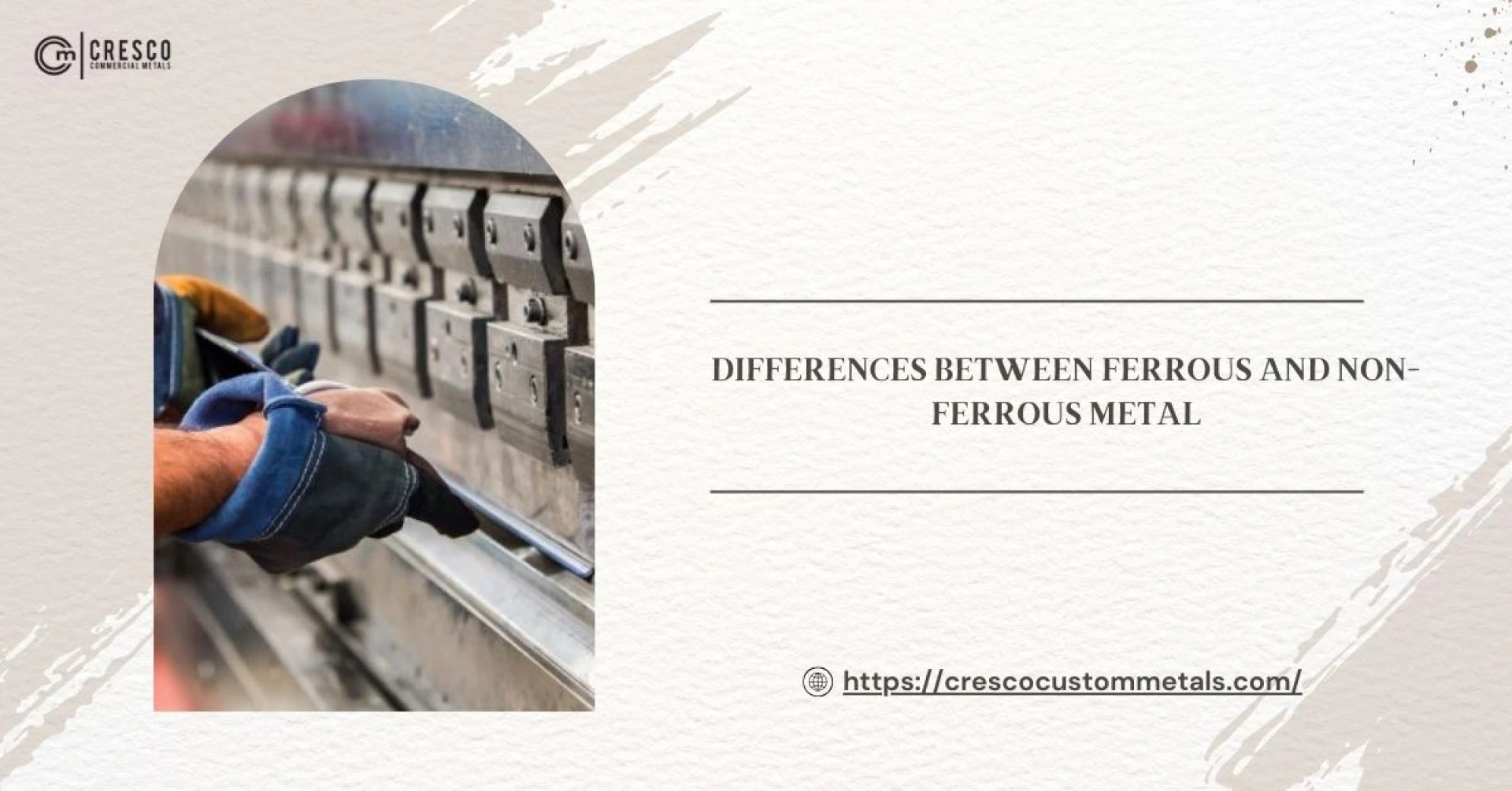
A variety of metals undergo the complex process of fabrication to get morphed into desired shapes and sizes that are usable across industrial sectors and/or for household purposes. With only a few people interested in knowing the ins and outs of metal fabrication, a large number is completely unaware of even the basics such as the differences between ferrous and non-ferrous metals. In this blog, we will discuss these differences from the perspectives of a metal fabrication manufacturer.
There are a few differences between these two but the key factor that can differentiate one from another is iron. In short, ferrous metals, unlike non-ferrous metals, have iron in their chemical composition. Ferrous and non-ferrous metals have their unique set of properties that become a guideline for fabricate regarding their use for fabrication.
Ferrous and Non-Ferrous Metals: An Interesting Dig into History
Bronze and copper are the most popular items under the category of “Non-Ferrous Metals”. The discovery of copper is considered a milestone in the history of human civilization. This marks the end of the Stone Age.
Around 1, 200 BC, iron production was introduced and with that, ferrous metals became more popular. The phenomenon ushered us into the Iron Age.
What are the Properties of Ferrous Metals?
Ferrous metals are extensively used in construction, piping, automobiles, shipping containers and many more. The major problem with ferrous metals is their vulnerability to rust formation, if exposed to moisture. Stainless steel and wrought iron are the best options for long-term use.
What are Different Types of Ferrous Metals?
Ferrous metals come in a wonderful breadth of variety. Most are magnetic and hence, heavily used in manufacturing electrical pieces, motors and refrigerators.
Stainless Steel: This is one of the most commonly used ferrous metals. Stainless steel is preferred for its shine, ability to self-heal and durability. This is resistant to heat and corrosion. With all these good characters packed in a body, it’s no wonder that stainless steel is much better than most steels.
Wrought Iron: Another durable ferrous metal on our list! This alloy has very low carbon content. Slag is added during manufacturing, making wrought iron resistant to oxidation and corrosion. This member from the ferrous family finds an extensive use in barbed wires, chains and railings.
Carbon Steel: Carbon steel has high carbon content. Hence, it is considered one of the hardest steels. Carbon steel is used to manufacture blades, drills and machine tools.
Cast Iron: It’s interesting that cast iron is strong despite being very brittle. This is used in manufacturing manhole covers and engine blocks.
What are the Properties of Non-Ferrous Metals?
Non-ferrous metals don’t contain iron. Therefore, they don’t get rust and have a higher resistance to corrosion. Non-ferrous metals are usually used for roofing, liquid pipes, gutters and many more applications.
What are Different Types of Non-Ferrous Metals?
Let’s now take a quick glance at some of the most common non-ferrous metals.
Aluminum: This light-weight metal is mostly used in manufacturing of food cans, utensils, cars and aircrafts.
Copper: Copper is most commonly used in electrical industry due to its high conductivity. It is also a preferred substance for roofing, bearing and statues.
Brass: Brass is an alloy of copper and zinc. This is mostly used in ornaments and also manufacturing electrical fittings.



